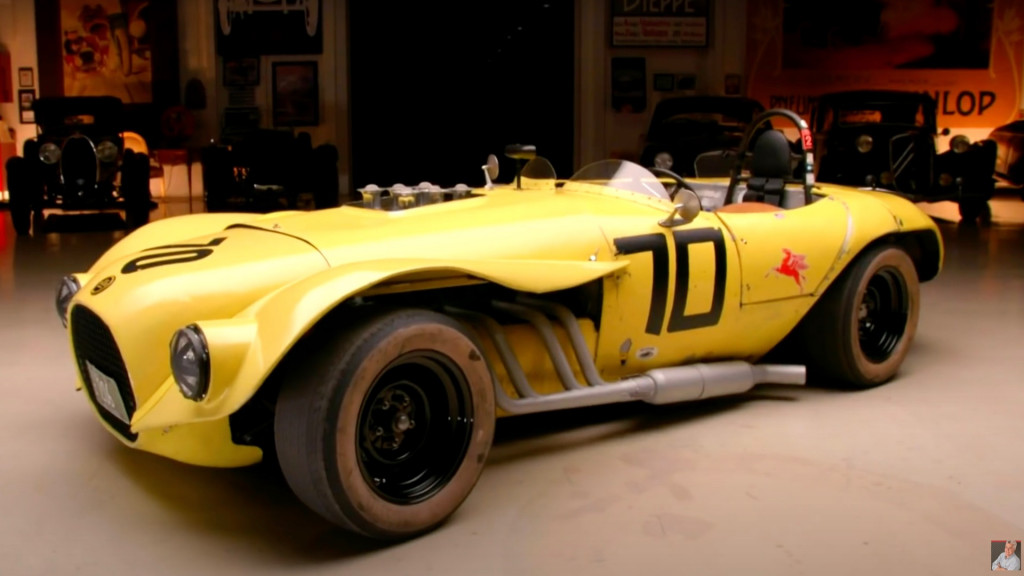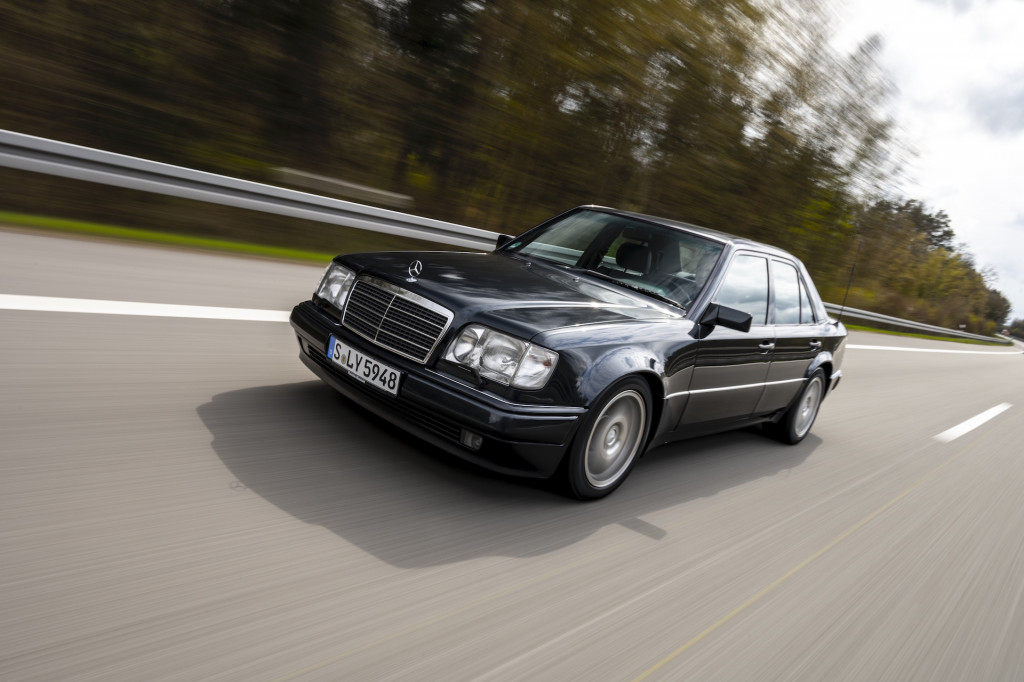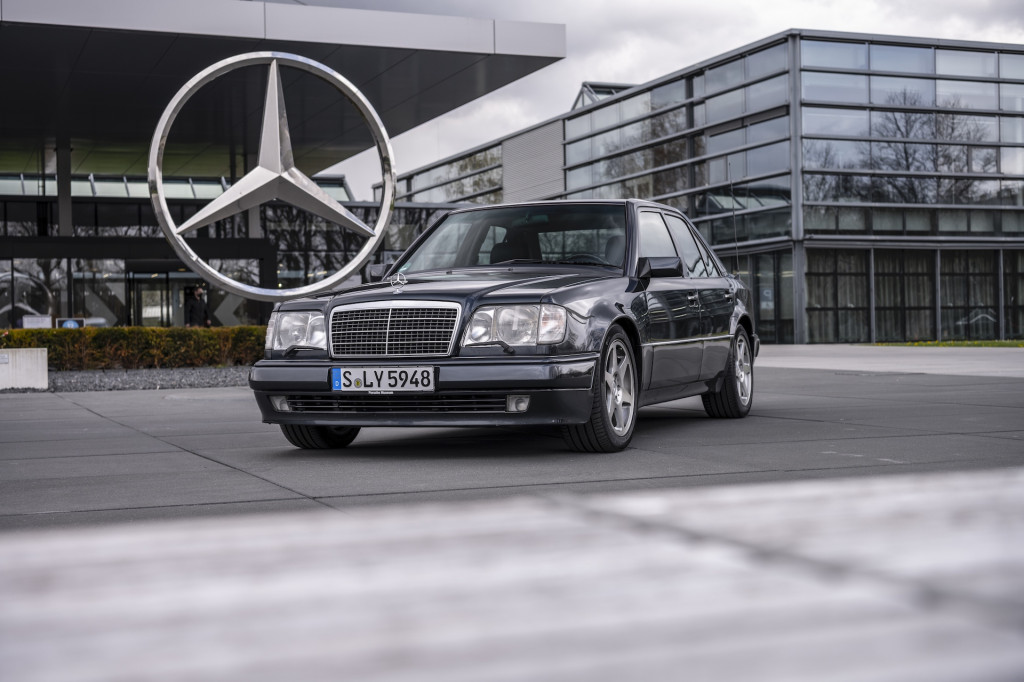The 2021 Ford Bronco Sport might be based upon the Ford Escape, but it’s far more cheeky and fun than its urban sibling.
Like recent Jeeps and the larger Bronco, the Bronco Sport hides some Easter eggs. Bronco Chief Designer Paul Wraith told Motor Authority ahead of the reveal of the Bronco and Bronco Sport that the Easter eggs aren’t what most people expect.
“Our Easter eggs are not playful, or cartoonish, or jokey, but are there to provide background or heritage on the vehicle,” Wraith said.
During my week with the 2021 Ford Bronco Sport Badlands, I crawled around, opened up, and uncovered every Easter egg I could find. Some of them actually are fun and a others are quite useful.
In addition to these Easter eggs, I spotted some other playful graphics. The center screen plays a video of boulders forming into a bronco upon startup, while the instrument panel has a mountain graphic that resolves into a night sky complete with shooting stars. Under the rear seat is a storage bin with embossed labels for hiking equipment and a medical kit. According to a survey of our staff, however, these don’t qualify as Easter eggs, but I found five others that do.
Here are the Easter eggs I found in the Ford Bronco Sport.
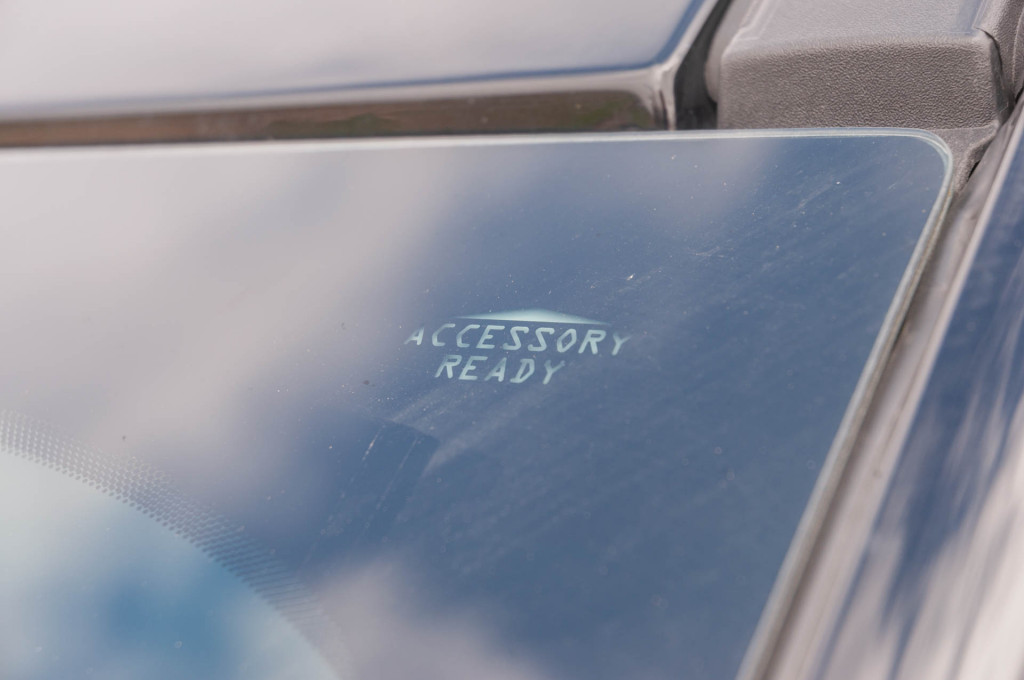
2021 Ford Bronco Sport Badlands
Accessory Ready
“Accessory Ready” is etched into the top of the windshield on the driver’s side. An arrow above it points to a spot on the roof that indicates a mounting point for accessories such as a light bar.

2021 Ford Bronco Sport Badlands
Hooked
The hooks in the cargo bay have lassos embossed on them to indicate this here is where you tie up your cargo, pardner.

2021 Ford Bronco Sport Badlands
That surf life
The outline of a small SUV with a surfboard hanging out the back is printed on the underside of the tailgate glass. We like the return to the good ol’ days when tailgate glass could be opened independently of the tailgate.
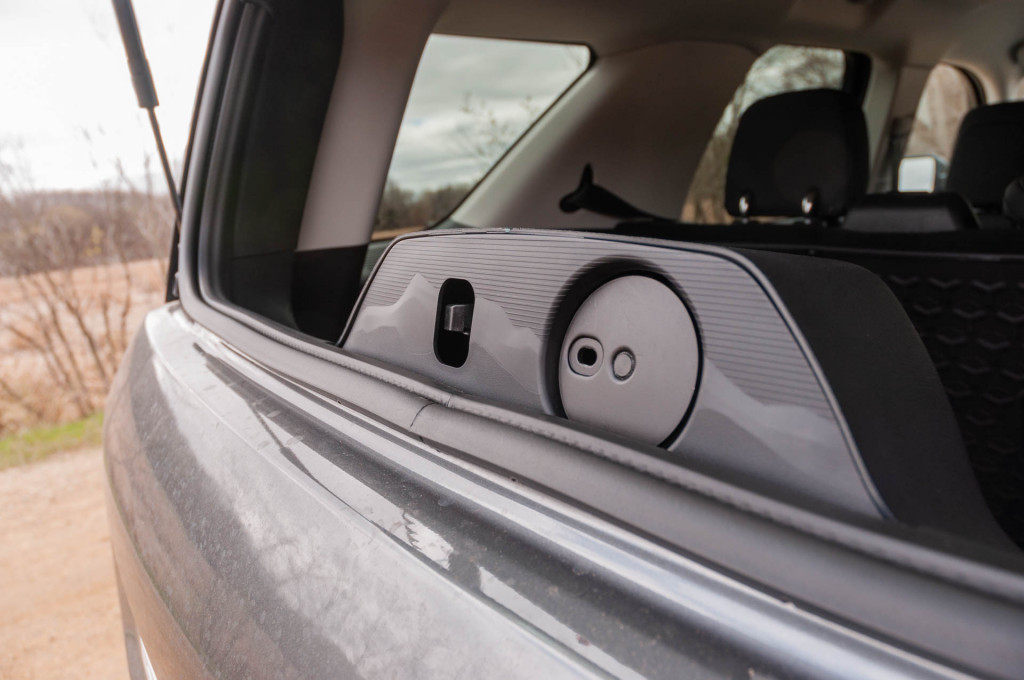
2021 Ford Bronco Sport Badlands
Mountains, river, or off-road trail, you choose
The latch panel for the glass that houses the rear wiper motor has a mountain range embossed into it. Or it could be a river, or an off-road path, it’s not really clear. It’s whatever your imagination wants it to be.

2021 Ford Bronco Sport Badlands
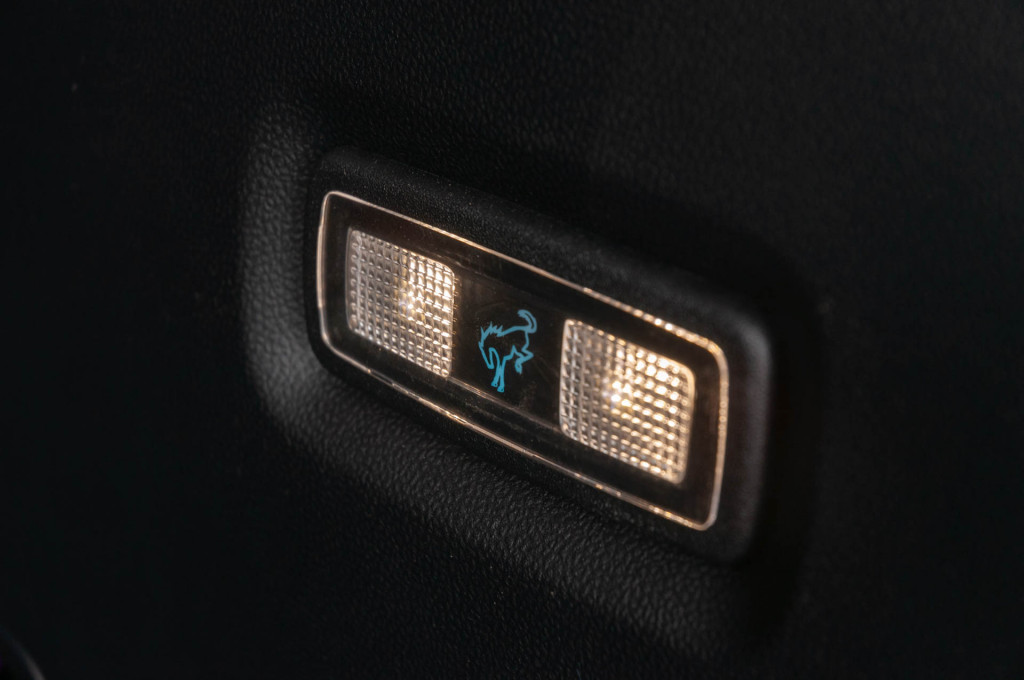
2021 Ford Bronco Sport Badlands
Bucking Bronco
Images of a bucking Bronco can be found all over the Bronco Sport. The Bronco logo in the side of each headlight bezel housing and on the light in the cargo area are Easter eggs in our eyes, while the ones on the steering wheel and stitched into the front seat backs are logos we’d expect in any vehicle.

